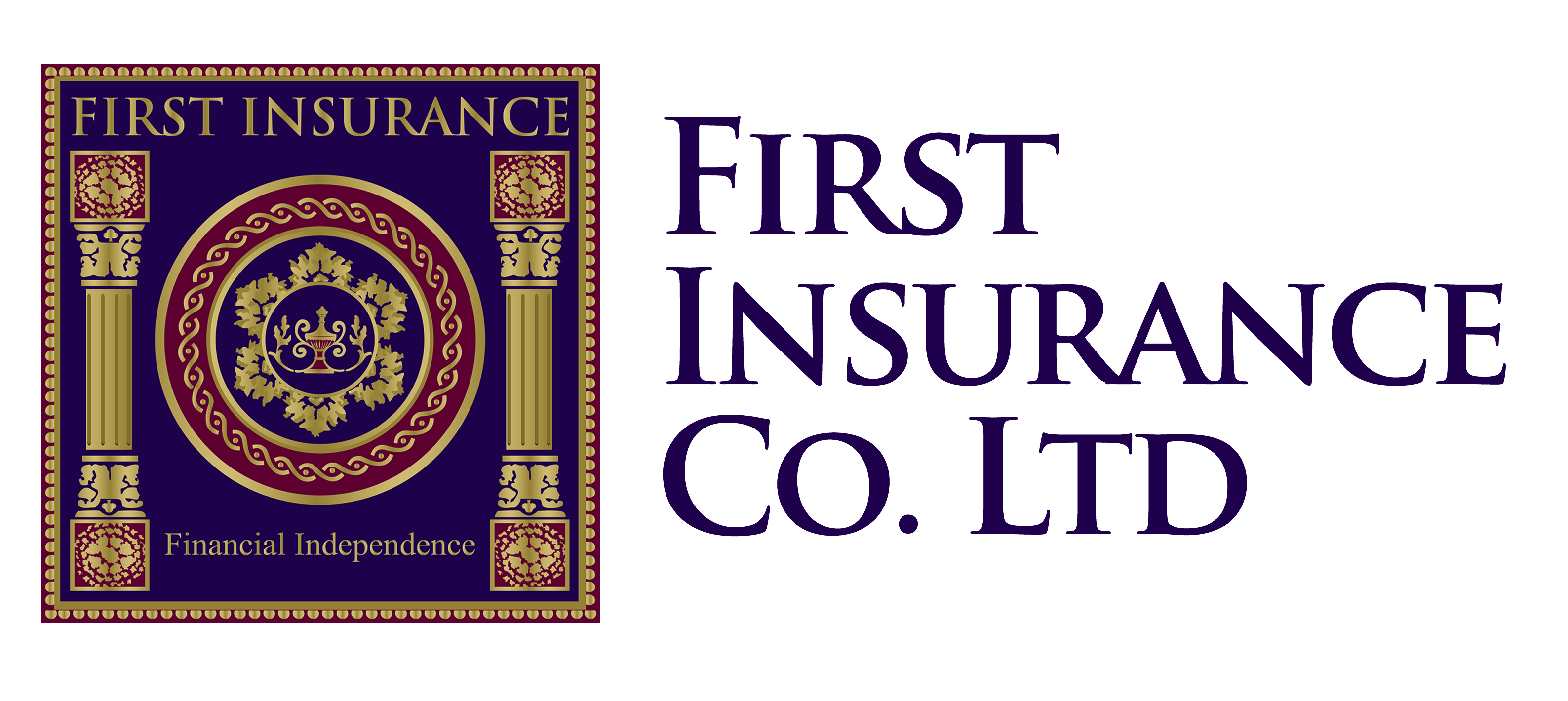Underwriting, the process that the Company uses to assess the eligibility of a customer for a life insurance policy.
What is Life Insurance
Underwriting?
Underwriting refers to the process that the Company uses to assess the eligibility of a customer for a life insurance policy. It involves the classification, selection and pricing of risks. It goes by the principle that every risk in the insurance pool should pay an equitable premium.

Underwriting falls into the five categories as follows:
Quick access links
Underwriting and Claims
Underwriting refers to the process that the Company uses to assess the eligibility of a customer for a life insurance policy.
Loyalty Bonus
Payable every 5 years if no claims have been made and the policy is still in force.
Corporate Governance
Board of Directors are chiefly responsible for providing oversight, insight and foresight.
